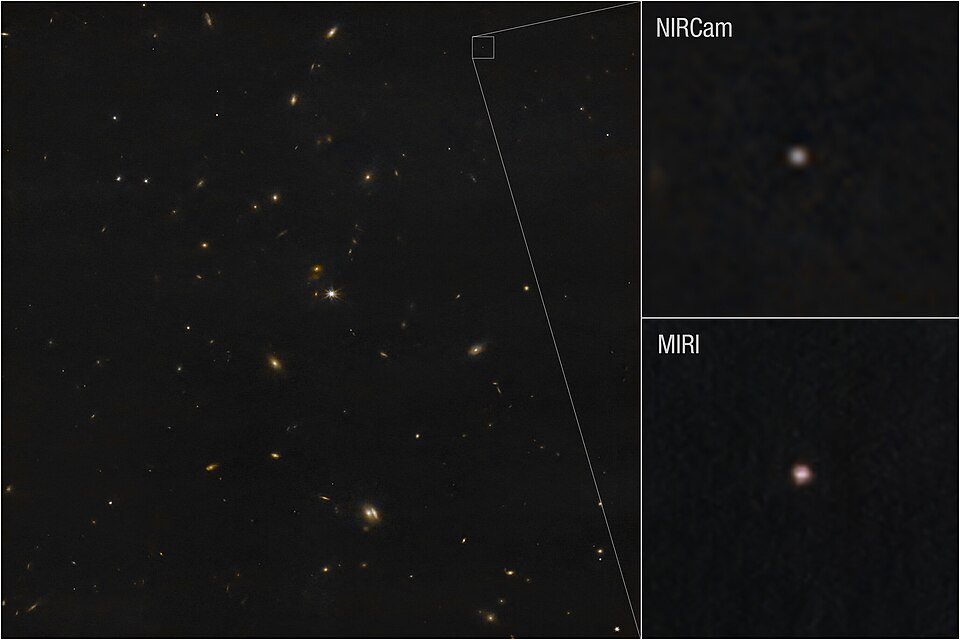Asteroid 2024 YR4: Potential Lunar Impact and Its Implications

In late 2024, astronomers discovered asteroid 2024 YR4, a 200-foot-wide space rock that initially posed a significant threat to Earth, with a 3.1% chance of impact. However, recent observations have clarified its trajectory, suggesting a potential strike on the Moon in late 2032 instead. This development has shifted scientific focus from Earth-based concerns to lunar implications.
The asteroid was first identified by the Asteroid Terrestrial-impact Last Alert System (ATLAS) telescope in Chile. As reported by NASA, the risk assessment changed after precise tracking with ground-based telescopes and the James Webb Space Telescope (JWST), which improved the asteroid's predicted orbit by 20%.
Astrophysicists are now evaluating the potential consequences of a lunar impact. A collision with the Moon could create a crater approximately one kilometer wide and eject up to 100 million kilograms of debris into space. While Earth's atmosphere would protect it from larger debris, smaller particles could threaten satellites and future lunar missions. Dr. Andy Rivkin, a planetary scientist at Johns Hopkins University and leader of the DART mission that successfully deflected an asteroid in 2022, emphasized the need for preparedness in light of such events.
"The potential impact on the Moon could have significant implications for future missions, especially as lunar exploration intensifies," said Dr. Rivkin in a statement published on July 25, 2025.
The scientific community has begun to strategize on how to respond to a potential lunar impact. A proposal by MIT's Dr. Julien de Wit and Dr. Rivkin to utilize JWST for early observations of YR4 in 2026 has been approved, granting decision-makers additional time to prepare. As Dr. de Wit noted, "This program will allow us to assess the situation more thoroughly and plan effectively. While there is an 80% chance we will rule out an impact, it’s essential to consider our options if an impact were to occur."
The implications of a lunar strike extend beyond simple crater formation; the fine lunar dust ejected into space could reach Earth, potentially resulting in a meteor shower observable from the ground. Moreover, as more infrastructure and astronauts are expected on the Moon in the coming decades, astronomers urge a proactive approach to understanding and mitigating risks associated with such celestial events.
The situation underscores the necessity of continuous monitoring and assessment of near-Earth objects (NEOs). The recent reassessment of 2024 YR4 exemplifies the dynamic nature of asteroid tracking and the importance of international collaboration in planetary defense. As Dr. Rivkin aptly put it, "Even if these events are rare, we need to ask ourselves what actions we would take if we knew an object was headed for the Moon. This is a question that we must now start to address seriously."
As scientists prepare for the next observation window in 2028, the conversation surrounding asteroid YR4 highlights the growing intersection between Earth-based safety and lunar exploration, a crucial consideration as humanity ventures deeper into space. The importance of international cooperation in addressing such celestial threats cannot be overstated, as the actions taken today will shape the safety of future lunar missions and the protection of terrestrial assets from space-related hazards.
Advertisement
Tags
Advertisement





